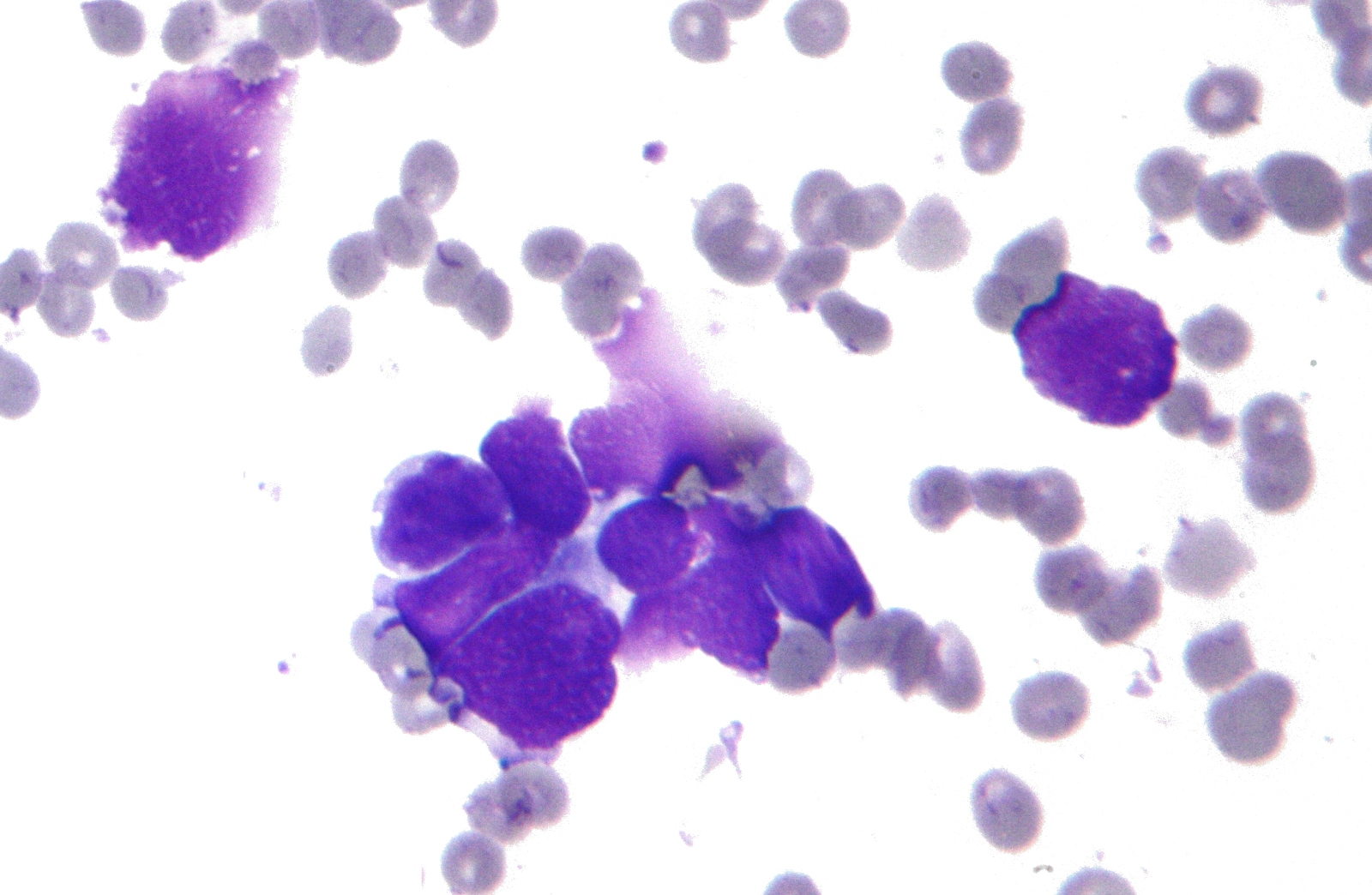 For the first time scientists have confirmed the existence of tumour stem cells that underpin the proliferation and recurrence of cancers. A paper published this week in the journal Science, in which Dutch researcher Hans Clevers and his colleagues at the Hubrecht Institute have followed cancers forming in-situ in experimental mice, provides the strongest evidence yet for the existence of cells with stem cell-like properties.
For the first time scientists have confirmed the existence of tumour stem cells that underpin the proliferation and recurrence of cancers. A paper published this week in the journal Science, in which Dutch researcher Hans Clevers and his colleagues at the Hubrecht Institute have followed cancers forming in-situ in experimental mice, provides the strongest evidence yet for the existence of cells with stem cell-like properties.
The team used a clever genetic trick to trigger a known cancer-causing mutation in the APC gene carried by a small number of intestinal cells; at the same time, cells in which this change was induced also began making a coloured marker meaning that their fates could be followed subsequently. Predictably, the animals developed tumours called adenomas, the cells in which all showed the coloured marker, indicating that one parent cell must have produced them.
But this alone doesn't prove that the tumours came from, or contain, stem cells. To demonstrate this the team used a further genetic trick. The original labelling technique they had employed also enabled them, by administering a dose of the drug tamoxifen, to flip the colour of the label, for instance from red to blue, in a small number of the tumour cells. When tumours were examined a day after this was done, single cells of the new colour were seen in some of the cancers. But animals studied 6 days later showed a ribbon of blue cells extending from the base to the apex of the tumour, and by 24 days up to 30% of the tumour bulk comprised cells of the new colour. Analysis of these cells showed them to be of several different cell types, indicating that whatever gave rise to them had stem cell characteristics.
Further tests showed that about 5% of the new cells also had a marker called Lgr5, which is carried by intestinal stem cells that renew the gut lining. This shows that the stem cell that produced the new tumour cells was also producing a subset of new stem cells. Transplanted into a dish, these stem cells, but not the other tumour cells, were capable of regrowing tumours. Others have claimed to have discovered cancer stem cells previously, but these studies have been based largely on tissue transplanted, in the presence of various growth factors, into immune-suppressed animals. The approach of Clevers and his colleagues, to study tumours developing in situ, bypasses this problem. Now scientists can begin to ask how to selectively target these stem cells, and turn them off.
Schepers, A. G. et al. Science
http://dx.doi.org/10.1126/science.1224676 (2012)
- Previous Do elephants purr?
- Next The violent histories of hot Jupiters










Comments
Add a comment